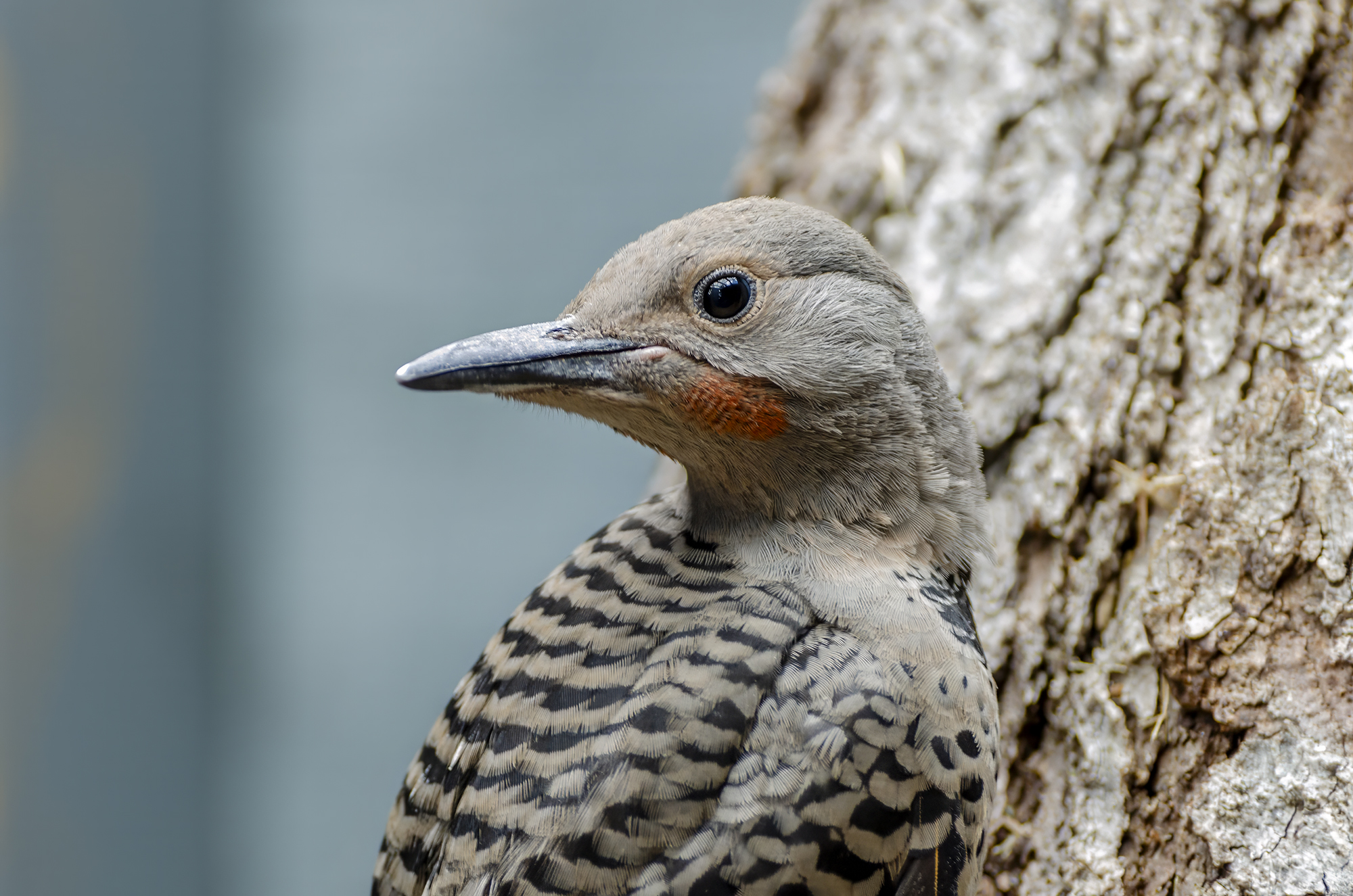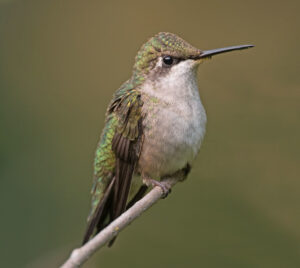By Katie Grant
Woodpeckers significantly influence the structure and function of their environments, making them a keystone species. The presence and activities of a keystone species play a critical role in maintaining the structure, diversity, and overall health of its ecosystem. The woodpecker’s crucial role in maintaining the health and balance of their ecosystems supports a wide array of species.
Nearly every woodpecker species serves as an ecosystem engineer. In North American forests, multiple woodpecker species contribute collectively to the excavation of cavities. They use these cavities to raise their young for a season before abandoning them the following year to create new homes for their families.1
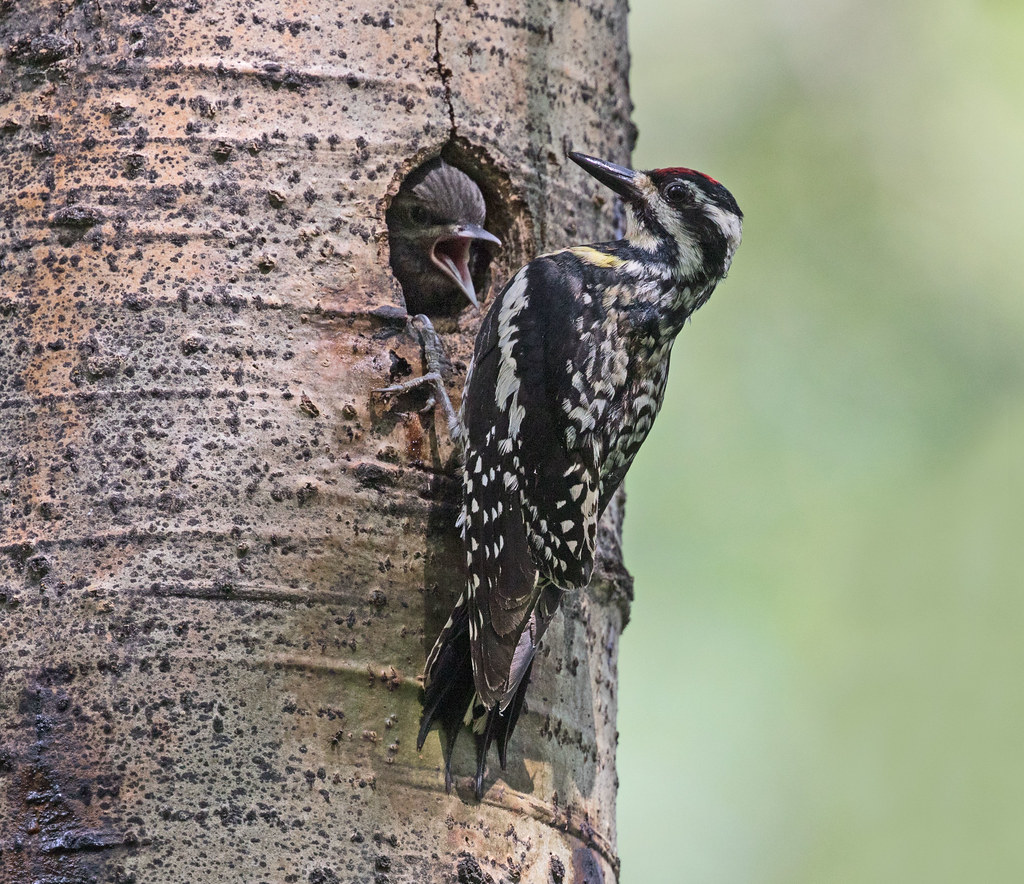
This ongoing excavation has a significant impact. In our forests, only 1 in 10 cavities occur naturally. This means that, on average, 90 percent of all available nesting cavities are created through the efforts of woodpeckers. As the population of these birds increases, so does the number of cavities in the forest. This abundance of cavities supports a greater variety of secondary cavity nesters. Ultimately, biodiversity flourishes from this diversity.1
As a master carpenter of the bird world, the woodpecker’s abandoned nest-holes become nests or roosts for other birds such as small owls, swallows, chickadees, ducks, and wrens.2 They are also occupied by mammals such as bats, squirrels, and even porcupines. Many of the species that depend on these abandoned woodpecker nests are unable to create their own cavities. The woodpecker provides the necessary resources for the survival and reproduction of these other species, increasing the diversity in the habitat.
These nest sites offer a secure and safe place to reproduce and nurture their babies through the most vulnerable part of their lives.3
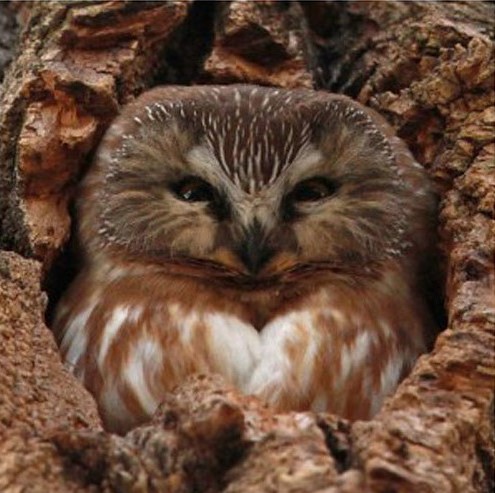
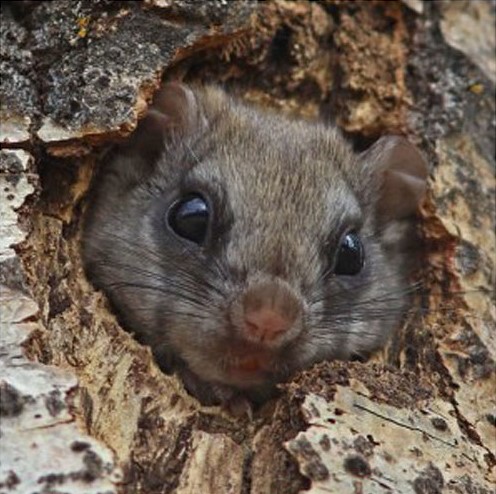
Woodpecker excavations vary in size and shape depending on the woodpecker species and the intended use of the hole. Typically, these openings range from 2 to 4 inches in diameter. The depth of these holes varies as well, typically spanning between 6 to 12 inches. The hole is generally cylindrical, with the entrance narrower than its inner cavity. This tapered design facilitates easy entry and exit for the bird and serves to deter predators from reaching into the hole.5
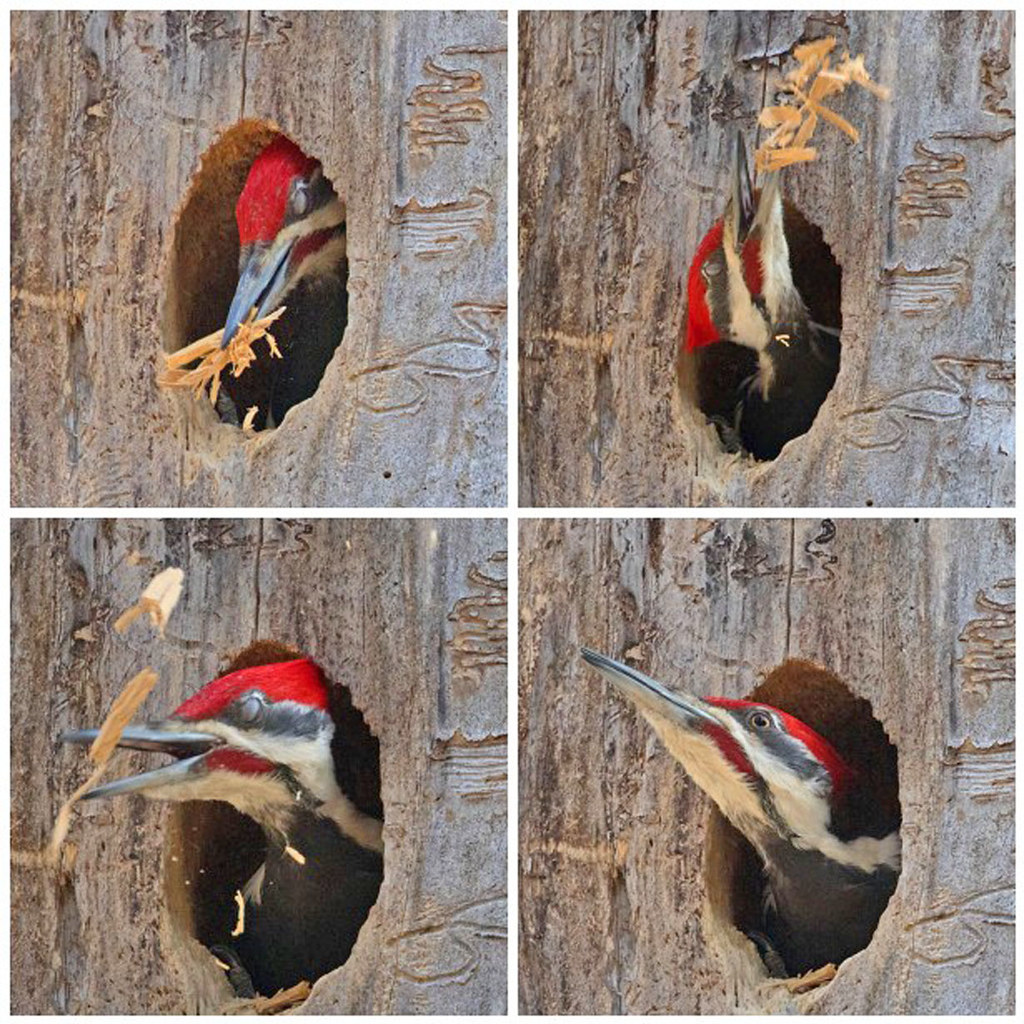
Cavities play a crucial role in protecting these animals from the cold and wind. Inside a cavity, temperatures can be up to 18 degrees warmer than the outside ambient temperature, largely due to the heat generated by their body heat. Additionally, the chilling effect of wind is significantly reduced. These conditions allow birds roosting in natural cavities to conserve energy needed for survival. This energy conservation can be profound; it’s been calculated that it may enable a roosting bird to go an additional 5 to 7 hours without needing to eat. For many birds, these precious extra hours can mean the difference between survival and perishing before dawn.6
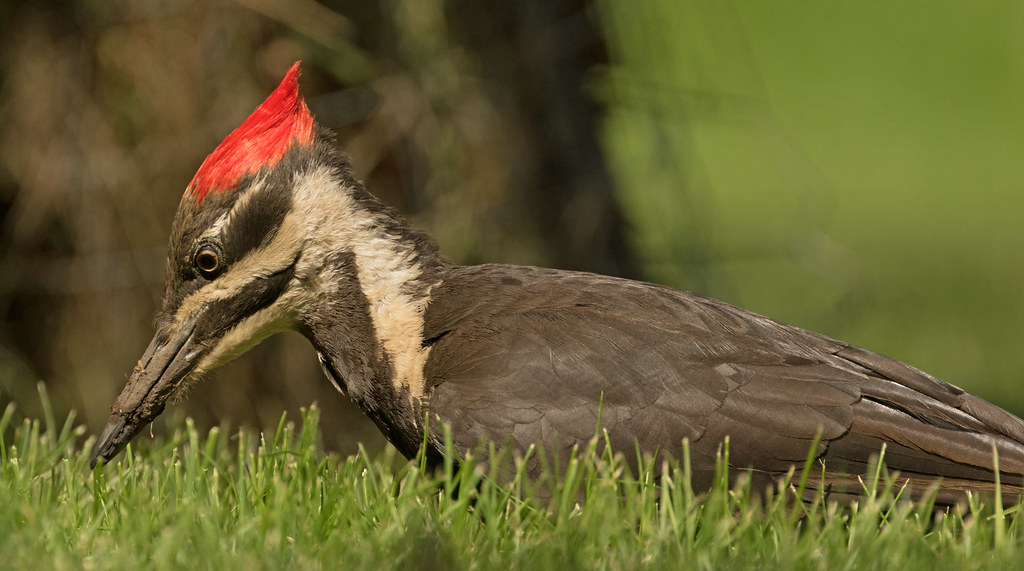
Woodpeckers also serve as natural pest managers. Their skill in finding and extracting insects from trees plays a crucial role in controlling insect populations within forests. By decreasing the presence of harmful pests, woodpeckers promote the general well-being and equilibrium of their environment.4
A woodpecker’s strong feet with sharp claws and extra stiff tail feathers allow them to rest comfortably on vertical trunks in a tripod form.4 The trees they target are often diseased or infested, which contributes to the breakdown of these dead or decaying trees, reducing the spread of disease and pests to healthy trees. This facilitates the process of decomposition and nutrient cycling within the ecosystem which enriches the soil, promoting the growth of new vegetation.
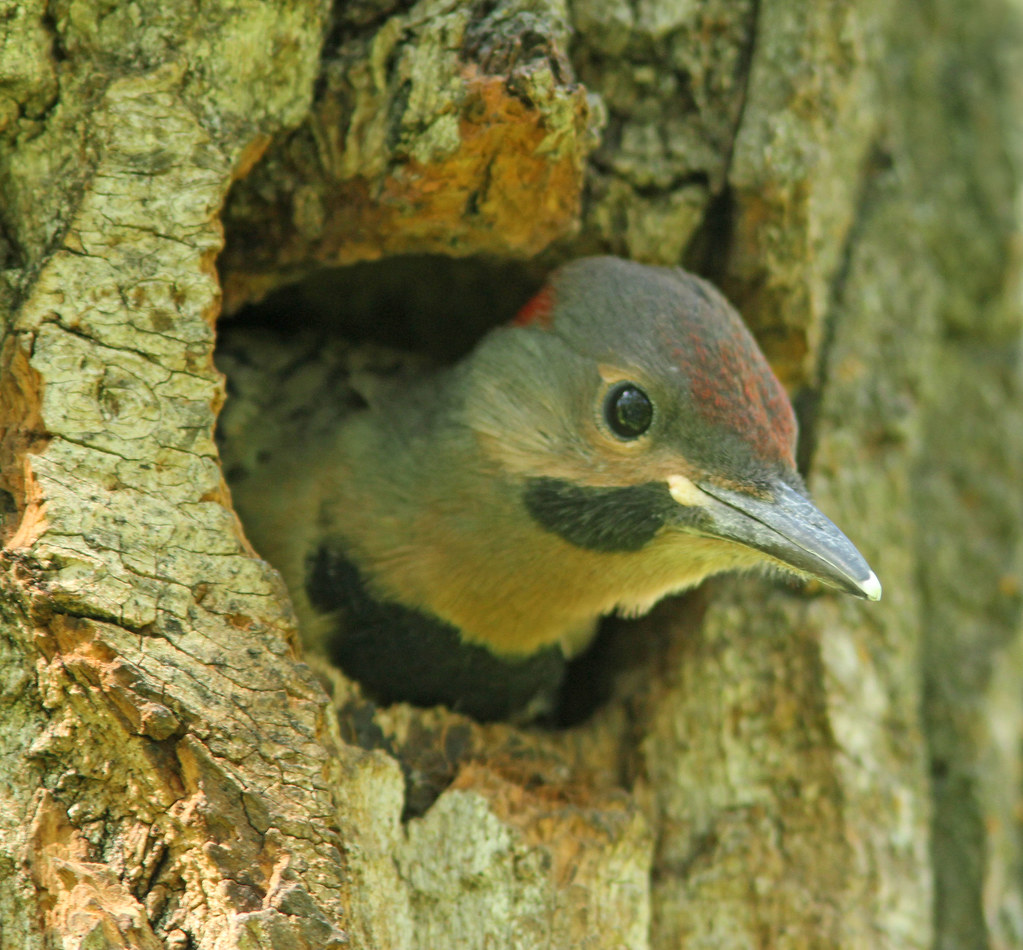
Despite their ecological significance, woodpecker populations confront numerous challenges that jeopardize their survival. Habitat loss poses a significant threat as forests are cleared for urban expansion, agricultural purposes, and logging activities. Destruction of nesting sites and the reduction of suitable foraging areas can profoundly impact woodpecker populations. Another peril facing woodpeckers is the use of pesticides and insecticides in agriculture. These chemicals can contaminate their food sources, leading to poisoning. Moreover, the widespread application of these substances can harm not only woodpeckers but also other beneficial insects and organisms, disturbing the natural equilibrium of the ecosystem.5
Although woodpeckers and humans don’t always get along due to their pecking and drumming, the next time you see a woodpecker, remember that through their routine activities, they inadvertently alter their habitats, resulting in benefits for numerous other species.
If you have found an injured woodpecker, please contact AIWC immediately or take the injured bird to an emergency veterinary hospital so it can be relocated into the care of AIWC.
References
- https://www.amerorg/article/woodpeckers-the-engineers-of-ecosystems/
- https://www.biorg/listen/shows/woodpeckers-keystone-species
- https://naturecanada.ca/news/blog/the-pileated-woodpecker-is-a-keystone-species-and-protecting-its-nest-cavities-is-good-for-nature/?
- https://www.sccom/blog/woodpeckers-picidae
- https://garvillo.com/woodpecker-holes-in-trees/
- https://georgiawildlife.com/out-my-backdoor-woodpecker-cavities-help-other-birds-survive-winter
- https://www.americanforests.org/article/woodpeckers-the-engineers-of-ecosystems/

